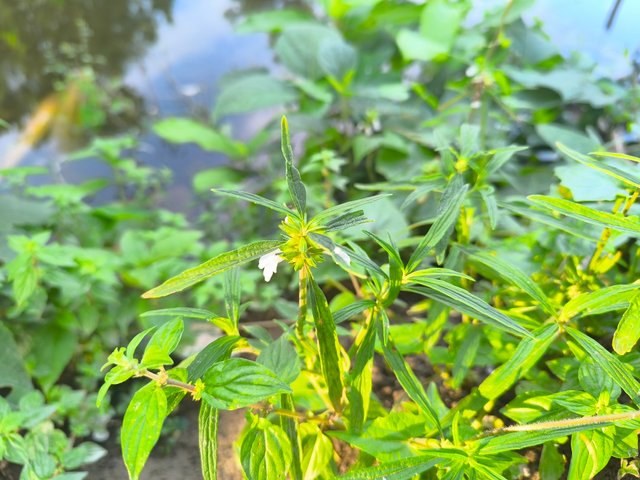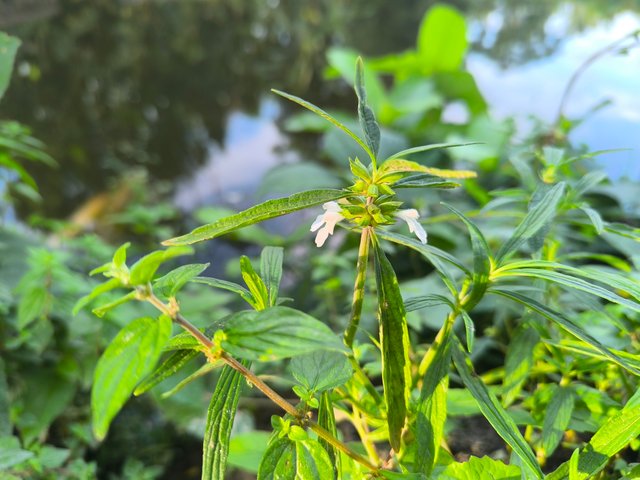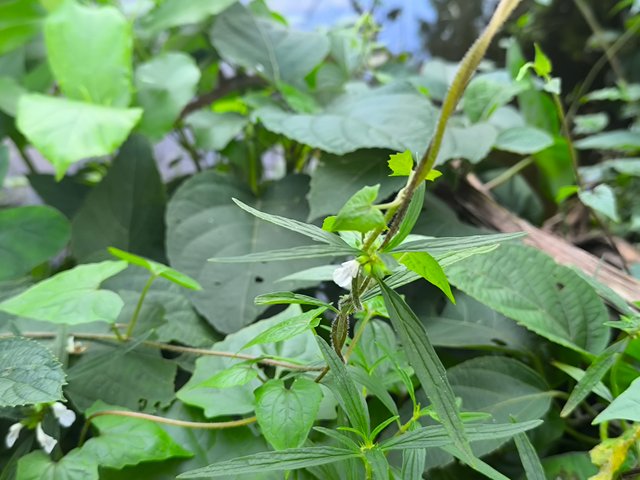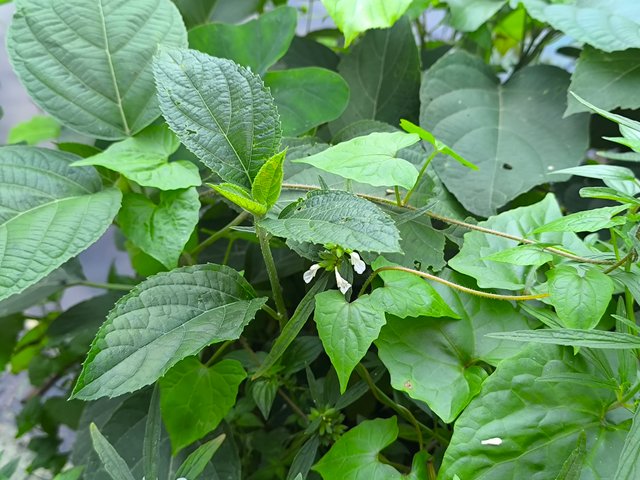Leucas aspera Flower
Leucas aspera, a small flowering herb often overlooked but rich in traditional value, medicinal strength, and ecological significance. Known by various local names such as Thumbai in India, this plant may look simple at first glance, but don’t let its modest appearance fool you—it’s a botanical powerhouse.Leucas aspera is a fast-growing, erect herbaceous plant found mostly in tropical parts of Asia and Africa. It grows wild in open fields, along roadsides, in wastelands, and even in neglected garden corners. Though it might be considered a "weed" by some, it has long been valued in traditional medicine systems like Ayurveda and Siddha.
Leucas aspera produces tiny, white, tubular flowers that cluster densely around the upper part of the stem, creating a whorled effect. These blooms appear mostly in the late monsoon and early winter, though in warm regions, you may spot them almost year-round.The flowers might not be showy, but they have a delicate beauty—like tiny trumpets surrounded by spiky, green, hairy bracts. Their subtle scent and shape also attract bees and butterflies, playing a vital role in local ecosystems.
One of the most fascinating things about Leucas aspera is its long-standing place in folk medicine. For centuries, healers and villagers have used it to treat a wide range of ailments.



